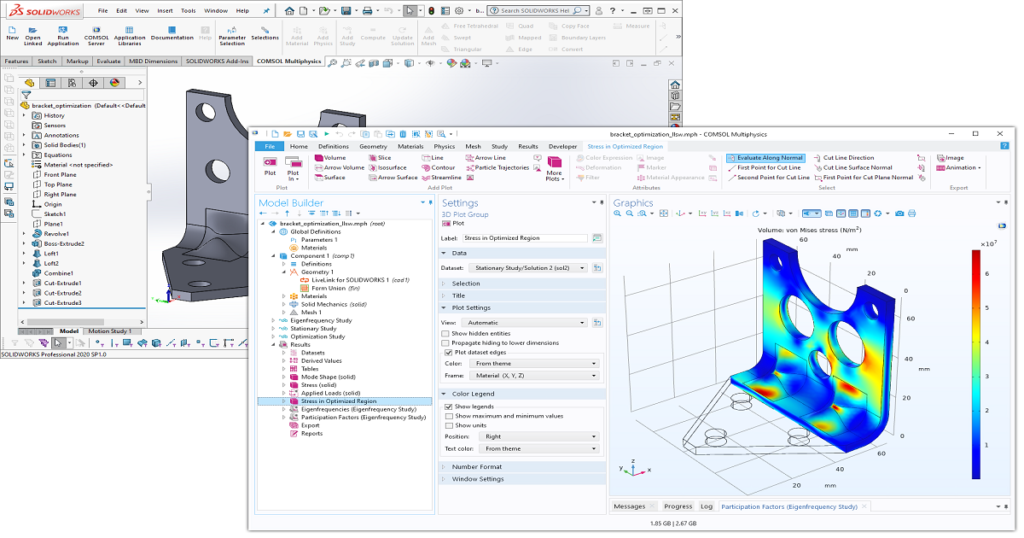Computer-aided design(CAD) is a way to digitally create 2D drawings and 3D models. There is a wider range of CAD software that many industries rely on to create drafts and models. With 3D CAD, you can share, review, simulate, and modify designs easily, opening doors to innovative and differentiated products that get to market fast. Nowadays Many industries utilize CAD every single day, including engineering, industrial design, architecture, and product design. The majority of companies and individuals have already adopted CAD for their development cycles, improving their productivity by leaps and bounds.

As industrial computer applications, CAD and CAM greatly reduced the time and cost cycles between initial concepts and product development. They have enabled designers and manufacturers to make significant cost savings. These tools also reduce the time to market for new products and reduce the number of design flaws, which tend to hamper productivity, and in some cases ground an entire production cycle. Since the 1980s, CAD and CAM have provided exponential gains to both the quantity and quality of products.
Advantages of CAD
- Reduce design cycle times
- Increases productivity
- Design a complex machine without the need to prototype
- Prototype parts directly from a CAD model
- Reduce low-cost design iterations rapidly
- Quickly by changing geometrical parameters and test diferant designs
- Vizualize designs or parts under a variety of representations
- Virtually simulate real-world applications
Computer Aided Manufacturing (CAM) is the use of software and computer-controlled machinery to automate a manufacturing process.Here we use, CAD data to control automated machinery for producing parts designed using CAD. The benefits of linking part fabrication directly to the CAD model as follows,
- Direct control of computer numerical control (CNC) or direct numerical control (DNC) systems to produce exact replicas of the designs
- Ability to skip the engineering drawing phase
- Reduced part variability
